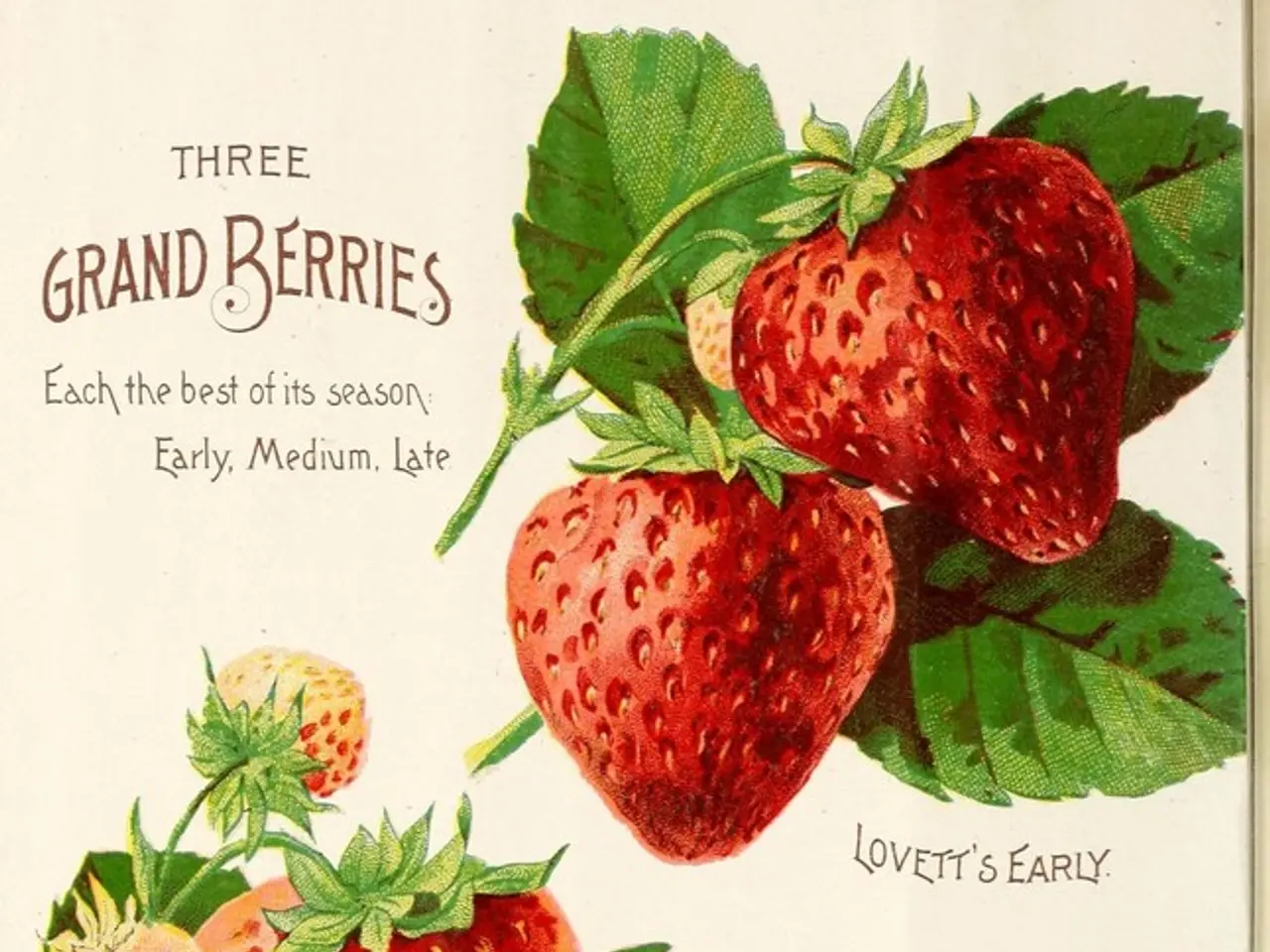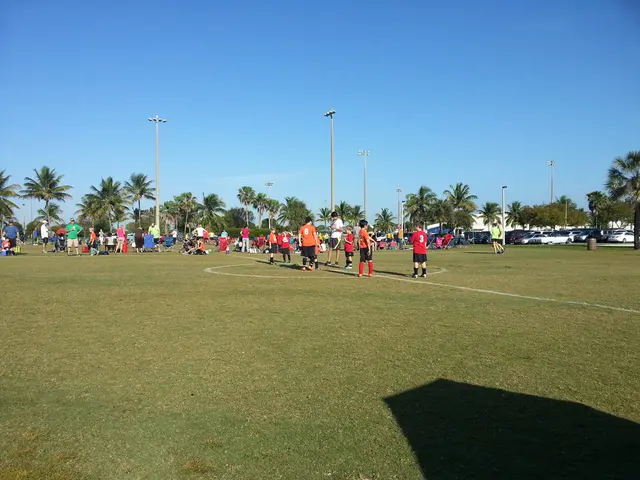Classical Conditioning's Impact Illuminated Through García Phenomenon: An Insight into the Connection between Stimuli and Responses
The Insidious Impact of the Garcia Effect
Delve into the intriguing world of the Garcia Effect, a psychological phenomenon that sheds light on our learning processes through classical conditioning. Unlike other forms of classical conditioning, the Garcia Effect demonstrates the creation of aversions to certain tastes or smells after a single negative experience, thereby highlighting the evolution's role in shaping our learning systems.
1. Get to the Nitty-Gritty: Garcia's Unconventional Discovery
John Garcia's research in the early 1960s uncovered the Garcia Effect. During his experiments with rats, Garcia found that they could develop a strong aversion to a particular taste even after experiencing nausea hours after consuming it. This revelation was groundbreaking as it contradicted traditional assumptions about classical conditioning, where stimuli were believed to pair easily and form an association, given proximity in time.
2. Understanding the Garcia Effect In action
The Garcia Effect works by associating a neutral stimulus (taste or food) with an unpleasant experience (nausea or illness). Over time, the neutral stimulus transforms into a conditioned stimulus that triggers avoidance or an aversion, even without the immediate presence of nausea.
3. Unveiling the Evolutionary Significance
The Garcia Effect carries substantial implications for understanding evolution and survival mechanisms. In the wild, various animals, including humans, depend on the ability to avoid hazardous substances, such as spoiled food or toxic plants, to maintain their health and safety. Taste aversion is an adaptive response that aids organisms in evading potentially harmful substances in the future.
The rapid learning of aversions to tastes after a single negative encounter is an evolutionary survival mechanism, enabling animals to protect themselves from poisoning. For instance, if an animal partakes in a specific food and subsequently becomes ill, it is likely to shun that food in the future. This instinctive behavior is crucial for survival, as it prevents animals from repeatedly consuming harmful substances that could potentially harm them.
4. The Unique Facets of the Garcia Effect
The Garcia Effect offers valuable insights into classical conditioning:
- Flexible Timing: Unlike many classical conditioning scenarios that require close temporal pairing of CS and US, the Garcia Effect demonstrates that a delay between the two can still lead to learning.
- Specialized Association: Some associations are stronger than others, as certain types of associations, like taste and illness, are more readily learned. This makes the phenomenon an example of preparedness in classical conditioning.
- Single-Trial Learning: Unlike other forms of classical conditioning that necessitate repeated pairings of stimuli, the Garcia Effect can occur after just a single negative experience, making it a single-trial learning phenomenon.
5. The Garcia Effect in Action: Take Human Beings, for Instance
Humans are not excluded from the Garcia Effect's grips. Many folks have experienced situations where a particular food or drink became undesirable after a bad experience, such as food poisoning or an illness connected to that food. The learned aversion to the taste can last for years, even if the food is safe to consume in the future.
6. Applications and Implications in Treatment
Though the Garcia Effect is often seen as a survival mechanism, it finds applications in various disciplines, such as psychotherapy, behavioral therapy, and addiction treatment. Comprehending the mechanisms of taste aversions can help therapists formulate interventions for clients grappling with food-related issues, substance abuse, and even certain types of phobias.
For example, the principle of conditioned taste aversion has been employed in aversion therapy to help individuals overcome destructive habits, such as smoking or drinking. By associating the unwanted behavior (e.g., drinking alcohol) with an unpleasant stimulus, such as a mild illness or nausea, therapists can help motivate their clients to develop an aversion to that behavior.
FAQs About the Garcia Effect
1. What is the Garcia Effect?
The García Effect, or conditioned taste aversion, is a phenomenon in which a person develops an aversion to a food or drink after experiencing illness or nausea associated with that food or drink.
2. How does the Garcia Effect work?
The García Effect occurs by associating a neutral stimulus, like a taste or food, with an unpleasant experience, such as nausea or illness. Over time, the taste becomes a conditioned stimulus that elicits an avoidance response, even when the immediate presence of the unpleasant experience (nausea) is absent.
3. Is the Garcia Effect unique to animals?
No, the García Effect applies to both animals and humans. The learned taste aversion can be so powerful in humans that even the smell or sight of the food can trigger feelings of nausea or disgust, long after the original illness has subsided.
4. Why does the Garcia Effect occur so quickly?
The rapid learning of the García Effect illustrates a one-trial learning phenomenon, where a single negative experience can create a lasting aversion. This speedy learning is thought to be an evolutionary adaptation that helps organisms avoid harmful or toxic substances.
5. How is the Garcia Effect different from other types of classical conditioning?
The García Effect differs from other types of classical conditioning in its learning rate, the tolerance for long delays between the CS and US, and its specialized focus on taste and illness stimuli. Whereas classical conditioning typically requires repeated pairings and close temporal contiguity, the García Effect can occur after a single pairing and a considerable delay. Furthermore, while traditional classical conditioning involves the pairing of diverse stimuli, the García Effect concentrates on specific tastes and the sensation of illness.
In case you're curious, the García Effect research also uncovered that this phenomenon applies to smell rather than taste, broadening its applications to other sensory modalities [4]. So, the next time you develop an aversion to a particular scent or food, you can thank evolution for preparing you to steer clear of potential hazards.
Related Content:
- Overshadowing: What it is and How it Works in...
- The Rescorla-Wagner Model: A Comprehensive Guide
- Pavlov's Theory of Stimulus Substitution
- Unconditioned Stimulus: The Key Ingredient in Classical Conditioning
- Conditioned Stimulus: Recognizing Its Role in Learning
- Excitatory and Inhibitory Conditioning: Unraveling Their Differences
- Classical Conditioning: The Most Influential Experiments
- Associative Learning: Exploring Its Types and Characteristics
Enrichment Data:
- The García Effect is a specialized, rapid form of classical conditioning that occurs through a single-trial learning phenomenon, with an unusual tolerance for long delays between the conditioned stimulus (CS) and the unconditioned stimulus (US) [1].
- Unlike other classical conditioning scenarios, the García Effect requires no close temporal pairing between the CS and US, as the nausea can occur several hours after tasting the food [2].
- The nature of stimuli in the García Effect focuses on taste and illness (internal malaise), reflecting an evolved biological mechanism to avoid toxic substances [3].
- Interestingly, the García Effect has been found to apply to olfactory stimuli rather than gustatory ones, adding to its importance in various sensory modalities [4].
References:
- Clark, L. A., & Mackintosh, V. (1988). Learning and behavior: An integrated approach. Sinauer Associates Inc.
- Garcia, J., Koelling, R. A., & kmr, R. C. (1955). Conditioned taste aversions: Potent reinforcement for avoidance learning. Journal of Comparative and Physiological Psychology, 48(2), 159–165.
- Garcia, J., & Koelling, R. A. (1966). Sensory specificity of classically conditioned aversions in rats and man. Science, 153(3732), 295–301.
- Halladay, C. D., & McKellar, G. A. (1988). Smell learning and memory. In Handbook of Behavioral Neurobiology (Eds. W. H. Frey II, E. R. Bernstein, & A. J. Misslin), 2, pp. 113–133.
1. Examining the Intersection of Taste Aversions and Psychology
The Garcia Effect, a psychology phenomenon discovered by John Garcia, demonstrates the creation of aversions to tastes or smells after a single negative experience, impacting learning processes related to classical conditioning.
2. Personal Development and the Garcia Effect
By understanding the Garcia Effect, individuals can gain insights into their own learning patterns and develop strategies to address food-related issues, substance abuse, or even certain phobias through education-and-self-development techniques.







